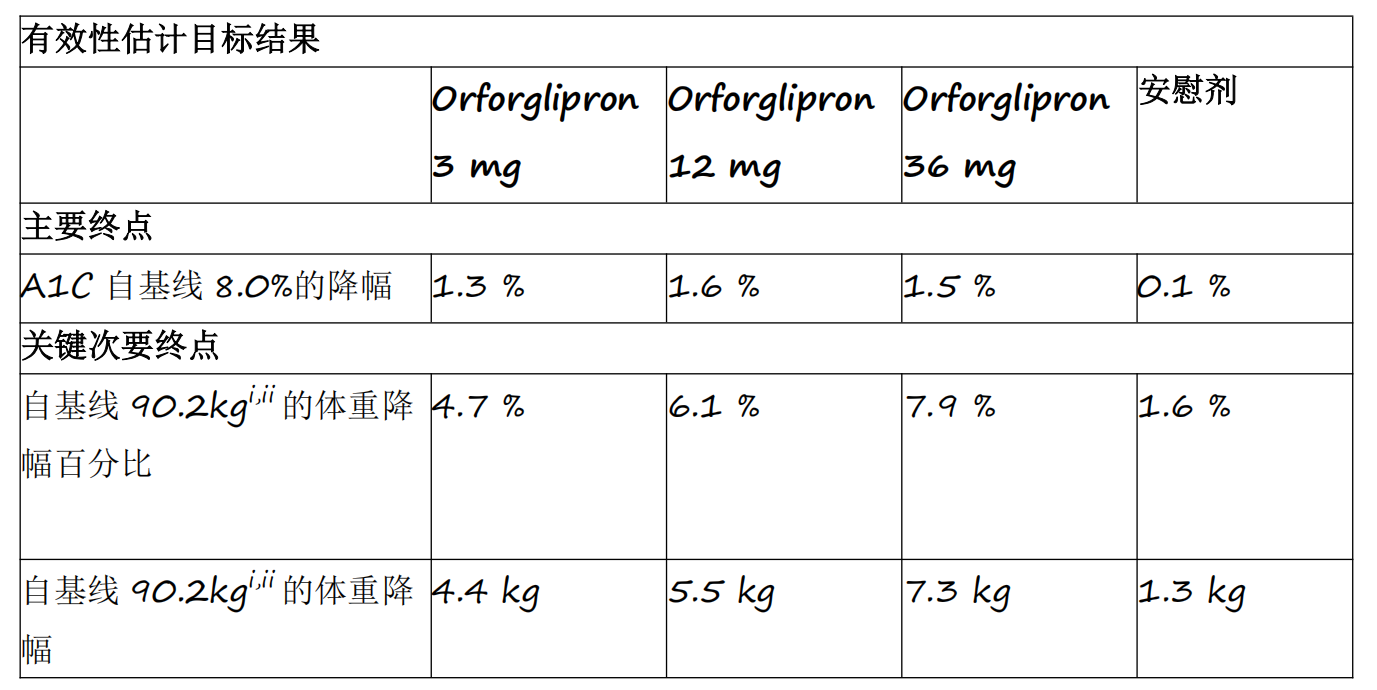脑干中的一类“停止细胞”对于小鼠发挥停止运动的能力非常必要,近日,一项发表在Cell杂志上的研究报道中,卡若琳斯卡学院的科学家报道说,一种脑干通路可以特异性地驱动运动被阻断,这种选择性的激活作用可以阻断运动发生,本文研究鉴别出了一种对于控制运动行为本质非常必要的一种新型方式。
移动(Locomotion)是一种对于人类和动物生存非常必要的运动行为,其有着“插曲”式的本质,即我们可以根据我们所想或所需要的形式来移动,同样地,我们也可以终止正在进行的运动,这种插曲式的控制一般被认为归咎于大脑脑干中一种下行的兴奋性信号,而脑干可以同脊髓中的神经元回路接触并且对其激活,但移动的停止仅仅取决于脑干中一种激活信号的缺失或者一种精细的阻断信号的缺失。
本文研究中,研究者Julien Bouvier等人通过研究揭示了复杂的脑干神经回路控制小鼠移动的分子机制,研究人员利用包括光遗传学在内的多种先进性技术,利用光选择性地激活了特殊类型的神经元,同时利用基因沉默技术选择性地阻断了神经元活性。让研究者出乎意料的是,他们发现一类兴奋性神经元对于小鼠停止移动的能力非常必要,当这些停止细胞被激活时,小鼠就会立刻阻断移动行为,相反当这些神经元被沉默时,小鼠就会在尽力停止移动上出现困难。
研究者Ole Kiehn说道,我们发现停止细胞可以减少参与产生运动节律的神经元网络的形成,而并不是减少直接进行肌肉收缩的运动神经元的形成;利用这种方式,停止细胞中的活性就可以促进动物机体在不失去肌肉张力的同时依然停止自身的步伐;尽管当前研究揭示了正常的大脑功能,但该研究对于阐明患病大脑中机体移动如何受到影响或许提供了一定的线索。
最后研究者表示,比如在帕金森疾病中,患者机体明显的运动症状就是出现步态的障碍,而这就有可能是停止细胞出现了活性的异常增加才会导致患者机体出现步态障碍,本文研究对于揭秘神经变性疾病患者的发病机制以及开发新型疗法或提供了一定的线索和希望。
参考文献
Descending Command Neurons in the Brainstem that Halt Locomotion
Julien Bouvier, Vittorio Caggian, Roberto Leiras, Vanessa Caldeira, Carmelo Bellardita, Kira Balueva, Andrea Fuchs, Ole KiehnSummary The episodic nature of locomotion is thought to be controlled by descending inputs from the brainstem. Most studies have largely attributed this control to initiating excitatory signals, but little is known about putative commands that may specifically determine locomotor offset. To link identifiable brainstem populations to a potential locomotor stop signal, we used developmental genetics and considered a discrete neuronal population in the reticular formation: the V2a neurons. We find that those neurons constitute a major excitatory pathway to locomotor areas of the ventral spinal cord. Selective activation of V2a neurons of the rostral medulla stops ongoing locomotor activity, owing to an inhibition of premotor locomotor networks in the spinal cord. Moreover, inactivation of such neurons decreases spontaneous stopping in vivo. Therefore, the V2a “stop neurons” represent a glutamatergic descending pathway that favors immobility and may thus help control the episodic nature of locomotion.
来源:生物谷
为你推荐
 资讯
资讯 带状疱疹疫苗“遇冷”,百克生物2024年净利润腰斩
近日,国内疫苗龙头企业百克生物发布2024年年报,数据显示,其报告期内实现营收12 29亿元,同比下降32 64%;归属于上市公司股东的净利润2 32亿元,同比下降53 67%。对于营收...
2025-04-23 12:59
 资讯
资讯 重庆常用药联盟接续集采中选结果
近日,重庆常用药联盟接续集采中选情况公布,该联盟由重庆牵头,联合湖北、广西、海南、贵州、云南、青海、宁夏、新疆及新疆生产建设兵团等十省(区、市)开展的药品集中带量采...
2025-04-21 18:48
 资讯
资讯 全周期智控慢病,诺和诺德与京东健康开启战略合作
2025年4月21日,全球领先的生物制药公司诺和诺德与京东健康在北京正式签署战略合作协议,标志着双方在糖尿病和体重管理领域的合作进入新阶段。依托诺和诺德百年深耕慢病领域的专...
2025-04-21 15:57
 资讯
资讯 康方生物1类新药依若奇单抗上市申请获批,用于中重度斑块状银屑病成人患者
该药是我国第一个且唯一获批上市的IL-12 IL-23“双靶向”单克隆抗体新药,是康方生物自身免疫性疾病领域首个获批上市的一类新药。
2025-04-21 13:39
 资讯
资讯 阿斯利康乳腺癌1类创新药卡匹色替片中国获批
该药适用于联合氟维司群用于转移性阶段至少接受过一种内分泌治疗后疾病进展,或在辅助治疗期间或完成辅助治疗后12个月内复发的激素受体(HR)阳性、人表皮生长因子受体2(HER2)...
2025-04-21 11:02
 资讯
资讯 辉瑞宣布终止一款口服GLP-1减肥药的临床开发
近日,辉瑞在其官网宣布,决定终止开发口服胰高血糖素样肽-1受体(GLP-1R)激动剂Danuglipron(PF-06882961),原因系在一项有关用药剂量的临床试验中,一名患者出现了可能由该...
2025-04-21 10:29
 资讯
资讯 福建省医保局印发单列门诊统筹支付医保药品目录(2024年版)
根据2024年6月发布的《福建省医保药品单列门诊统筹支付管理办法(试行)》,为了让参保患者无需住院、在门诊就医也能用上国家谈判药品、享受医保待遇,将适用于门诊治疗、使用周...
2025-04-20 13:34
 资讯
资讯 首批中国消费名品名单,医药健康企业有哪些?
近日,工业和信息化部办公厅发布首批中国消费名品名单,分为中国消费名品名单和中国消费名品成长企业名单。首批中国消费名品名单共包括93个企业品牌和43个区域品牌。中国消费名...
2025-04-20 11:17
 资讯
资讯 携手共绘“个性化近视手术”新蓝图:爱尔眼科与爱尔康启动100家医院全光塑技术战略合作
双方将以技术共享为核心,以人才培养为支撑,以科研协作为纽带,全力推进屈光手术标准化诊疗体系建设,加速前沿技术在临床领域的普及应用
文/ 屈慧莹 2025-04-19 23:35
 资讯
资讯 CDE:简化港澳已上市传统口服中成药内地上市注册审批申报资料及技术要求
允许香港、澳门特区本地登记的生产企业持有,并经香港、澳门特区药品监督管理部门批准上市且在香港、澳门特区使用15年以上,生产过程符合药品生产质量管理规范(GMP)要求的传统...
2025-04-18 18:54
 资讯
资讯 君德医药完成近亿元A轮融资,加速推进创新药械组合平台建设与产品上市
本轮融资主要用于首个减重口服器械的注册及生产销售,以及加速多个核心创新药械组合技术平台的产品管线研发进程。
2025-04-18 14:34
 资讯
资讯 礼来首个小分子口服GLP-1RA药物orforglipron 3期临床研究成功
Orforglipron是首个成功完成3期临床研究的小分子GLP-1类药物,各剂量组平均A1C降幅为1 3%至1 6%
2025-04-18 14:12









